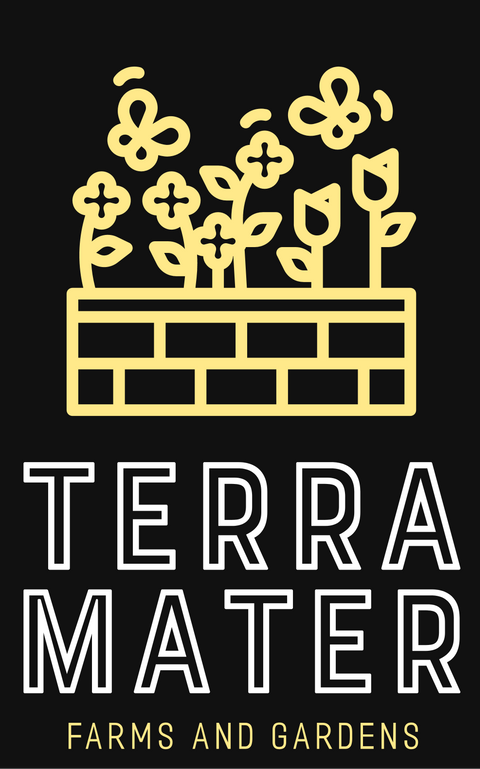Aster White Upland Seeds (Solidago ptarmicoides) Delicate white daisy-like flowers on sturdy stems. A native perennial ideal for dry meadows, pollinator gardens, and naturalized spaces
Minimum: 50+ Seeds
Soft, Daisy-Like Blooms for Meadows, Pollinators & Natural Landscapes
Often mistaken for an aster, White Upland Aster (Solidago ptarmicoides) is actually a unique species in the goldenrod family, featuring elegant white, daisy-like flowers with yellow centers. This hardy, drought-tolerant native perennial thrives in poor, dry soils where other plants struggle, making it a favorite for meadow restorations, native landscaping, and pollinator-friendly spaces.
Its sturdy stems, gray-green foliage, and late-season blooms offer critical forage for bees, butterflies, and other beneficial insects, especially when many other flowers are fading.
🌿 Why Grow White Upland Aster?
-
🤍 Elegant White Blooms – Clean and airy flowers from summer to fall
-
🐝 Pollinator Favorite – Late-season nectar source for bees & butterflies
-
🌱 Tough & Drought-Tolerant – Thrives in dry, rocky, or sandy soils
-
🌼 Great for Naturalized Gardens – Low-maintenance native addition
-
🌾 Resilient Native Plant – Supports biodiversity and soil health
🌼 Best Uses:
-
Dry meadows and prairie restorations
-
Xeriscapes and native pollinator gardens
-
Rock gardens and erosion-prone slopes
-
Naturalized borders and wildflower patches
-
Low-maintenance perennial beds
📊 Planting & Growing Info:
-
Botanical Name: Solidago ptarmicoides
-
Common Names: White Upland Aster, Upland White Goldenrod
-
Type: Perennial wildflower
-
Native Range: Central and northeastern North America
-
Sunlight: Full sun to light shade
-
Height: 1–2 feet
-
Spacing: 12–15 inches
-
Soil: Well-drained; tolerates poor or rocky soils
-
Bloom Time: Late summer to fall
-
Zones: USDA 3–8
-
Water: Low once established
🧠 Pro Tips:
-
Cold stratify seeds for improved germination
-
Pair with little bluestem, purple coneflower, or liatris for texture and contrast
-
Excellent for naturalizing—spreads slowly over time
-
Avoid overly rich soil, which can reduce flowering
-
Leave seed heads for winter wildlife interest
🌼 A Quiet Stunner for Dry Landscapes
Perfect for sustainable gardens, White Upland Aster adds graceful beauty and ecological value to spaces where other plants fade. It’s a must-have for those looking to restore native habitat, support pollinators, or simply add year-round resilience and bloom to tough spots.


